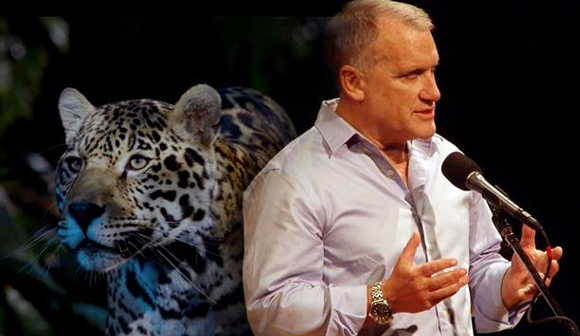

This insight has dramatically altered how jaguar conservation biology must be practiced and supports a need to maintain a jaguar corridor throughout their entire range.


Surprisingly, as Rabinowitz himself notes, biologists now believe that jaguar populations stretching from Mexico to South America comprise a single interbreeding species rather than eight subspecies as previously thought. as important to the cultural fabric of the people as it was to the jaguar’s struggle for survival.” He combines his account of field research on jaguars in the wilds of Belize and Brazil and advocacy for conservation strategies with anthropology, zoology, and paleontology to tell the tale of an endangered species that has persisted despite very long odds. Rabinowitz, CEO of the conservation organization Panthera, argues that human “health and well-being” is equally dependent on the jaguar: “This belief, this human-jaguar linkage, was. The jaguar, the largest extant cat in the Americas, is far more ancient than humans but, as Rabinowitz ( Life in the Valley of Death) shows, its fate has been inextricably linked to humans ever since we arrived in the Western Hemisphere.


 0 kommentar(er)
0 kommentar(er)
